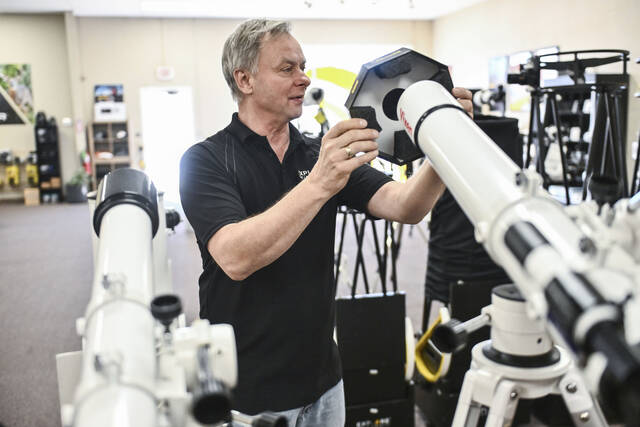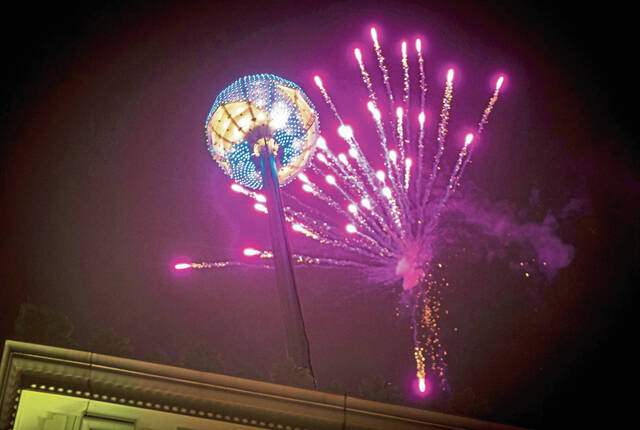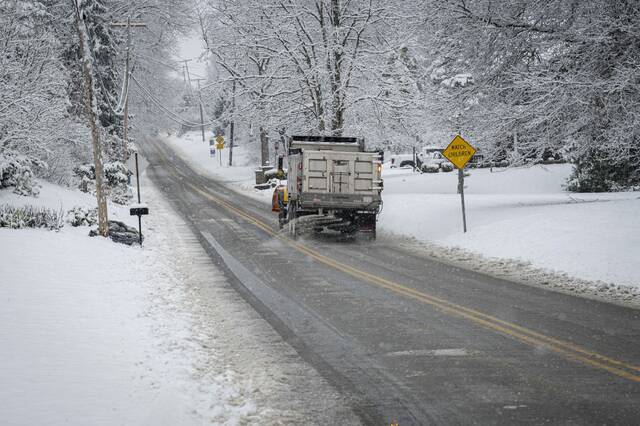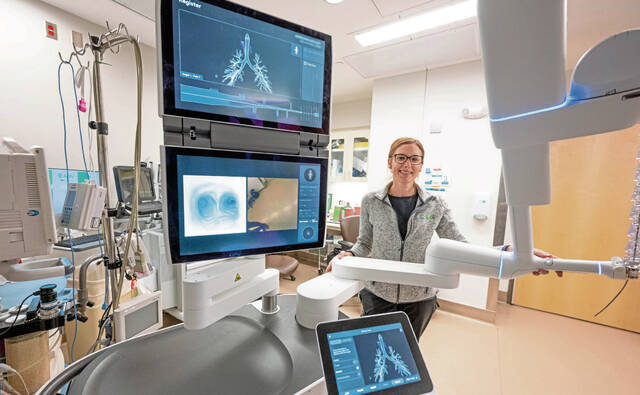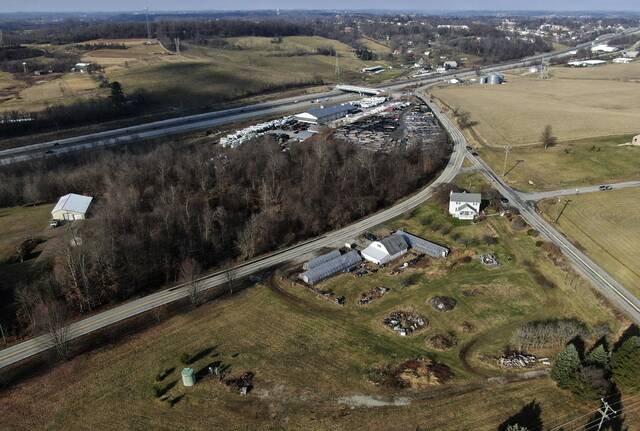Pics, or it didn’t happen, right?
When millions of Americans look to the sky Monday — wearing the proper safety glasses — a bunch of them will probably have their phone or camera in hand to grab a picture of the once-in-a-lifetime solar eclipse.
But as anyone who has tried to snap a photo of the sunset will tell you, capturing spectacular celestial events with your camera or phone often yields less than stellar results.
The solar eclipse will occur Monday afternoon.
In Pennsylvania, Erie will be treated to a total eclipse, and the city is preparing for a deluge of onlookers. The Pittsburgh region will experience a partial solar eclipse, with 95% totality at the peak about 3:15 p.m.
Here are a few tips on how to photograph the solar eclipse, whether for Instagram or your living room wall.
1. Safety first
Wear solar-filtering glasses. On eclipse day, the cardboard specs that look like a cross between classic 3D glasses and something your optometrist gives you will be all the rage. Why? Because looking at the sun — even if most of it is covered by the moon — is dangerous. So when you’re lining up your shot, make sure you are wearing the proper glasses.
2. Tips for traditional cameras
According to Space.com, you will need a solar filter for your telephoto lens. Without one, the lens magnifies the intensity of sunlight and, in extreme cases, can melt your sensor.
Other items:
• A DSLR or mirrorless camera with manual control.
• A super-telephoto lens — at least 200 millimeters, but the longer, the better.
• A sufficiently strong solar filter to prevent damage to your gear during the capture.
• The best tripod you can afford. A stable tripod is required when shooting in low light, but this is even more important when shooting at a long focal length because the motion of the slightest vibration or gust of wind is multiplied. Invest in or borrow the strongest tripod you can — it needs to be as solid as a rock.
• Shutter release. This can be a cable plugged into your camera or a remote control that allows you to capture images without physically touching your camera. For the sharpest possible image, this is an important gadget to have in your arsenal.
Use your camera’s screen to line up your image. Do not use the optical viewfinder. You can always crop later, so it isn’t critical to have the sun in the center of the frame. Plus, it is in constant motion.
3. Smartphone success
For those of you without a big camera, NASA put out some tips for how to capture a good shot with your smartphone. The space agency recommends covering your smartphone lens with glasses similar to the ones you’ll be wearing, but others have disagreed.
Either way, set up your phone on a tripod and be ready to manually adjust the focus and the exposure during the eclipse. NASA recommends practicing by taking photos of the moon.
4. Take a time-lapse
Take your smartphone camera game to the next level by using the time-lapse feature to capture the solar eclipse. Use a tripod, select the time-lapse setting on your phone’s camera and start shooting well before — five minutes or so before — the eclipse starts. Plan to shoot about 20 minutes to create a two- to three-minute video.


